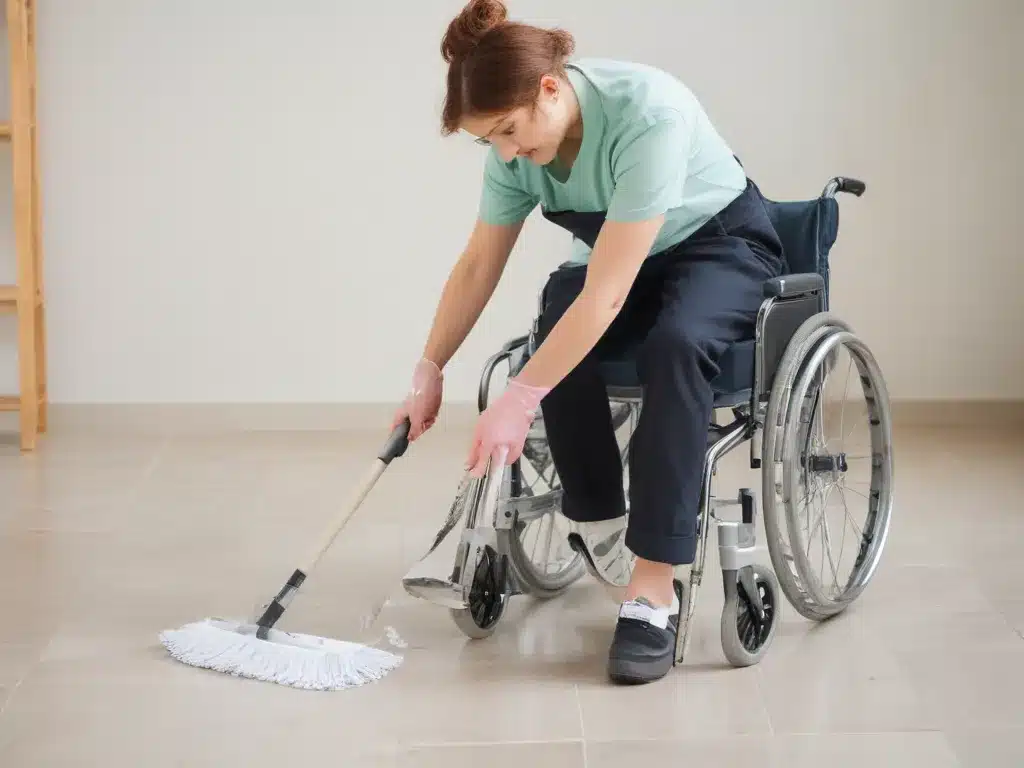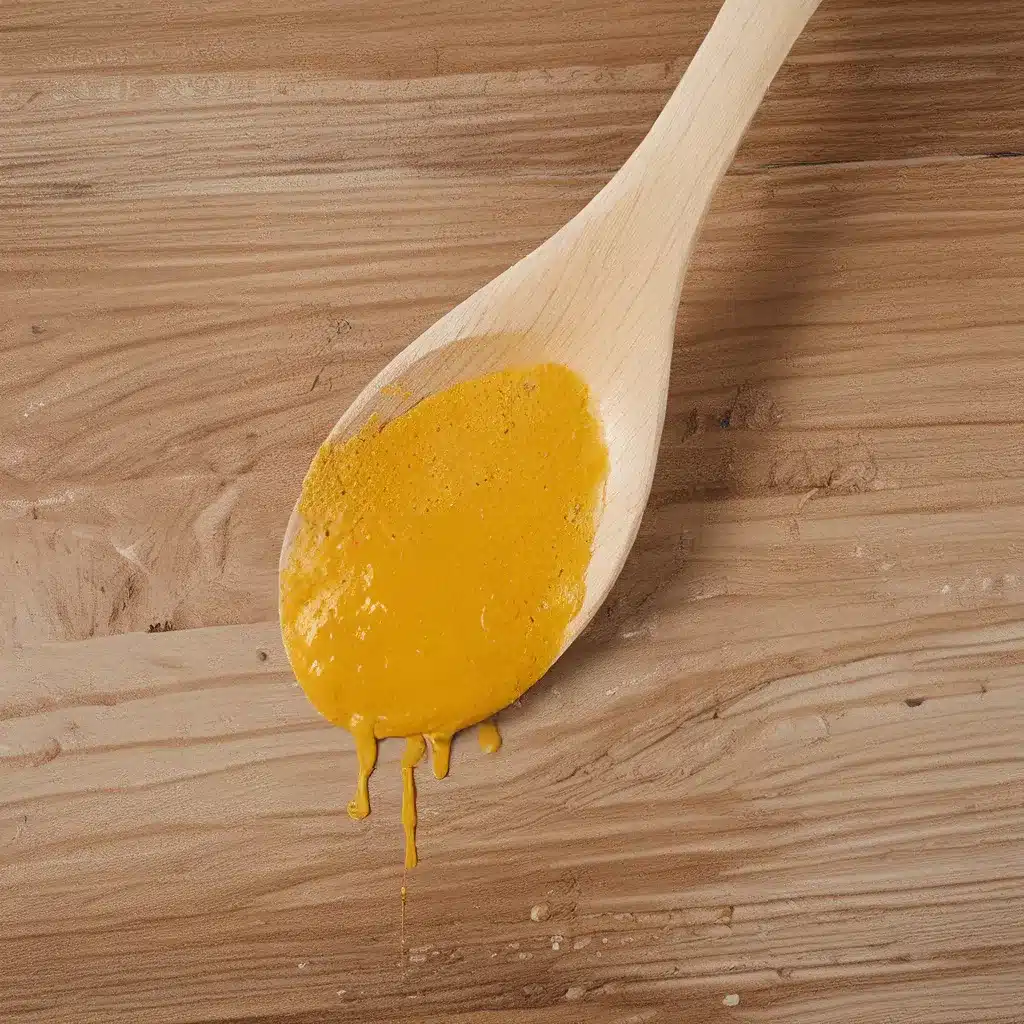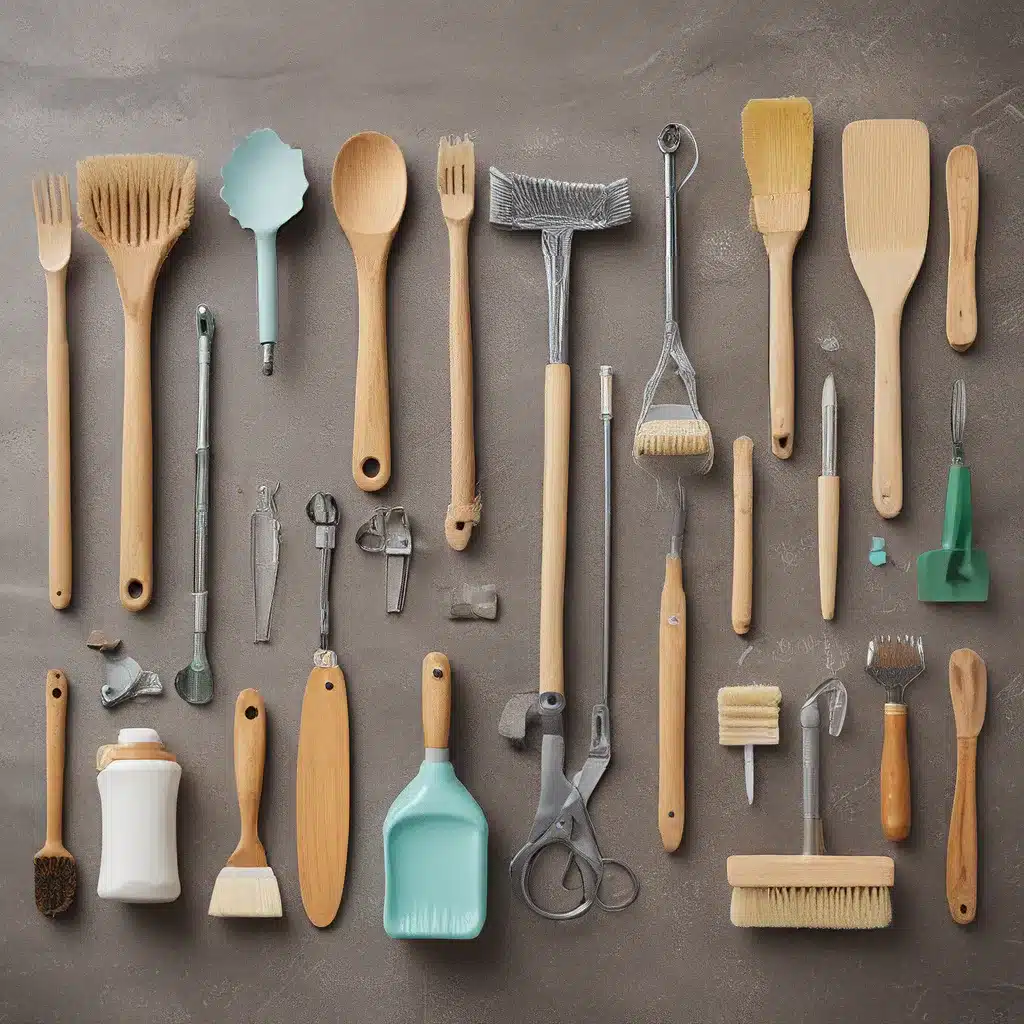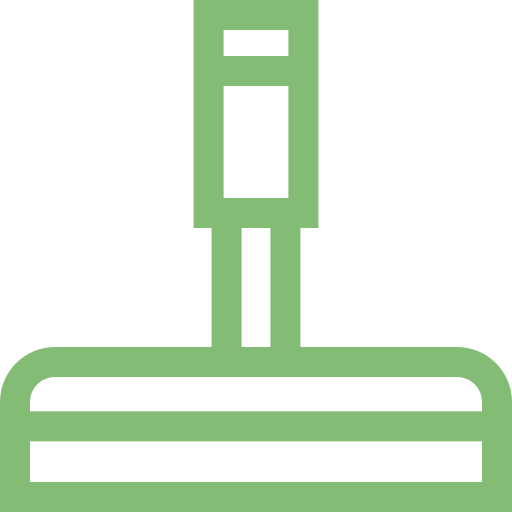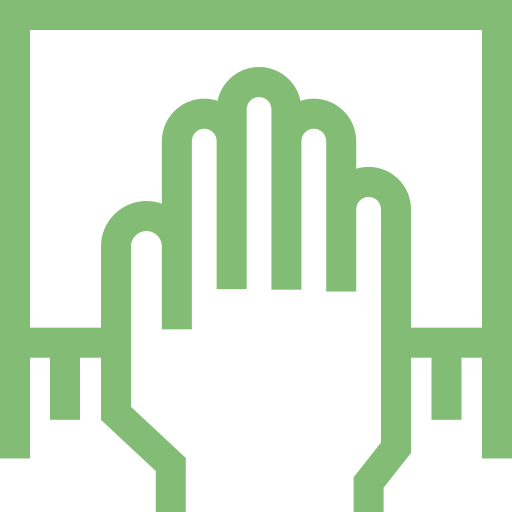Introduction: Understanding the Challenges of Cleaning with Limited Mobility
As someone with limited mobility, I understand the unique challenges that come with keeping a clean and tidy living space. Everyday tasks like sweeping, mopping, and dusting can quickly become daunting, leaving you feeling frustrated and overwhelmed. However, I’m here to tell you that it is possible to maintain a clean and organized home, even with physical limitations. In this comprehensive guide, I will share my personal experiences and practical strategies to help you clean effectively and efficiently, without sacrificing your health or well-being.
Preparing Your Space: Identifying Problem Areas and Accessibility Considerations
One of the first steps in effective cleaning with limited mobility is to identify the problem areas in your home. I like to start by doing a thorough walkthrough, taking note of the spaces that tend to accumulate the most dirt, dust, and clutter. This could include hard-to-reach corners, high shelves, or areas that require bending or stretching.
Once I’ve identified the problem areas, I then consider the accessibility of my living space. I carefully examine the layout of my furniture, ensuring that I have clear paths of movement and easy access to the areas that need the most attention. If necessary, I’ll rearrange or remove certain items to create a more user-friendly environment.
Adapting Your Cleaning Techniques: Utilizing Assistive Tools and Ergonomic Strategies
With my problem areas and accessibility needs in mind, I then begin to adapt my cleaning techniques to suit my physical limitations. This often involves incorporating assistive tools and ergonomic strategies to make the tasks more manageable.
For example, I might use a long-handled duster or a reacher to access high shelves without having to stretch or climb. Alternatively, I might invest in a lightweight, cordless vacuum cleaner that I can easily maneuver around the house. I’ve also found that breaking larger tasks into smaller, more manageable steps can be incredibly helpful, allowing me to take breaks as needed.
Prioritizing Safety and Ergonomics: Preventing Injuries and Protecting Your Well-being
As someone with limited mobility, it’s crucial that I prioritize my safety and well-being during the cleaning process. I always make sure to use proper body mechanics, such as maintaining good posture and avoiding sudden or strenuous movements. If a task requires more physical exertion than I’m comfortable with, I’m not afraid to ask for help or delegate the work to a trusted friend or family member.
In addition to physical safety, I also make a conscious effort to protect my mental and emotional well-being. Cleaning can be a mentally taxing activity, especially for those with physical limitations. To combat feelings of frustration or burnout, I’ve found it helpful to break my cleaning tasks into manageable chunks, celebrate small victories, and practice self-care throughout the process.
Establishing a Cleaning Routine: Developing Sustainable Habits and Strategies
One of the keys to effective cleaning with limited mobility is to establish a consistent and sustainable cleaning routine. I’ve found that by breaking my cleaning tasks into smaller, more manageable chunks and scheduling them throughout the week, I’m able to maintain a clean and tidy living space without feeling overwhelmed.
For example, I might dedicate Monday mornings to light dusting and tidying, while reserving Wednesday afternoons for more intensive tasks like mopping or vacuuming. I also make a point to regularly review and adjust my cleaning routine as needed, ensuring that it continues to work for my unique needs and capabilities.
Embracing Assistive Technology: Leveraging Smart Home Devices and Automation
In recent years, the world of assistive technology has evolved significantly, and I’ve been thrilled to incorporate these advancements into my cleaning routine. Smart home devices, such as robotic vacuums and voice-activated cleaning assistants, have been a game-changer for me, allowing me to automate certain tasks and free up my time for other priorities.
I’ve found that these technologies not only make the cleaning process more efficient but also provide an added layer of convenience and independence. With a simple voice command or the tap of a button, I can schedule a cleaning cycle, adjust the settings, or even monitor the progress of my cleaning tasks from the comfort of my chair or bed.
Collaborating with Loved Ones: Enlisting Help and Fostering Shared Responsibilities
While I’m a strong believer in maintaining as much independence as possible, I also recognize the importance of seeking assistance when needed. Collaborating with loved ones, such as family members or close friends, can be an invaluable resource in the quest for a clean and organized home.
I’ve found that by delegating certain tasks or inviting others to participate in the cleaning process, I’m able to distribute the workload and reduce the physical strain on my body. Additionally, this collaborative approach can foster a sense of shared responsibility and create opportunities for quality time together.
Outsourcing Specialized Cleaning Tasks: Leveraging Professional Services for Comprehensive Cleaning
Despite my best efforts, there are some cleaning tasks that require a level of expertise or specialized equipment that I simply don’t possess. In these instances, I’ve found it incredibly helpful to outsource certain cleaning services to professionals.
For example, I might hire a carpet cleaning company to deep clean my floors, or I might enlist the help of a window cleaning service to tackle those hard-to-reach areas. By outsourcing these specialized tasks, I’m able to maintain a high level of cleanliness in my home without compromising my physical well-being.
Embracing a Minimalist Approach: Decluttering and Streamlining for Easier Maintenance
One of the most effective strategies I’ve discovered for cleaning with limited mobility is to embrace a minimalist approach to my living space. By decluttering and streamlining my belongings, I’ve been able to reduce the amount of time and effort required to maintain a clean and organized home.
I’ve found that by carefully curating my possessions and letting go of items I no longer need or use, I’ve created a more open and accessible living environment. This, in turn, has made it easier for me to navigate my home, reach the areas that need attention, and quickly tidy up when necessary.
Conclusion: Embracing the Journey and Celebrating Your Progress
Cleaning with limited mobility can be a challenging and at times, frustrating experience. However, as I’ve discovered, it is entirely possible to maintain a clean and tidy living space, even with physical limitations. By adapting your cleaning techniques, prioritizing safety and ergonomics, and leveraging the power of assistive technology and collaborative support, you can reclaim your independence and take pride in your living environment.
Remember, the journey to a clean and organized home is not a race, but rather a continuous process of learning, adapting, and celebrating your progress. I encourage you to embrace the challenges, celebrate your successes, and never hesitate to reach out for help when you need it. With the right strategies and a little bit of determination, you can achieve the clean and comfortable living space you deserve.
And if you’re looking for additional support, I encourage you to visit Adam Cleaning’s website to learn more about their comprehensive cleaning services. Whether you need help with a specific task or a complete home overhaul, their team of experienced professionals is here to assist you every step of the way.

